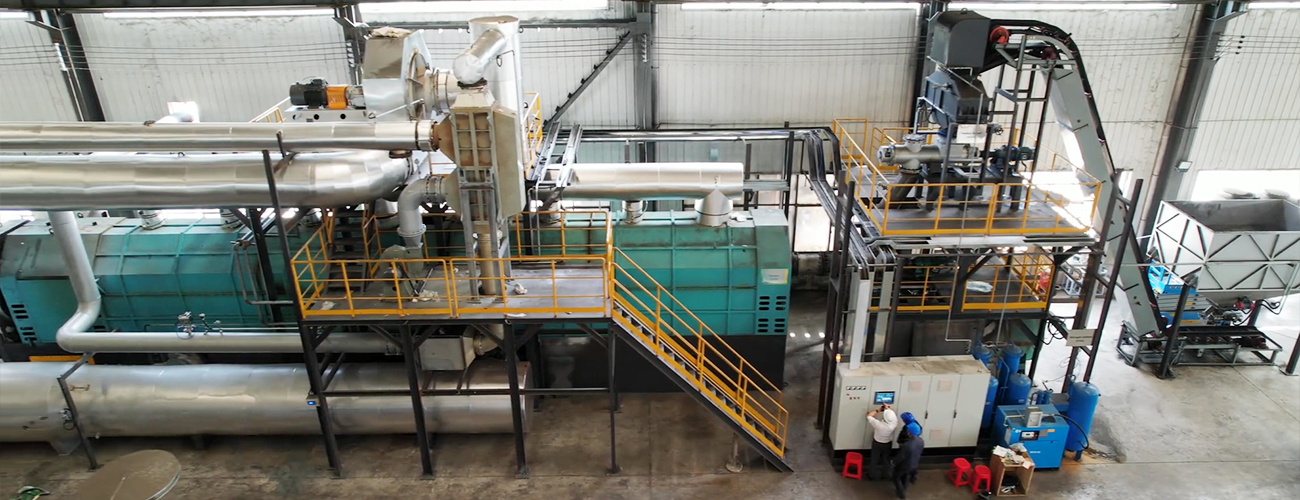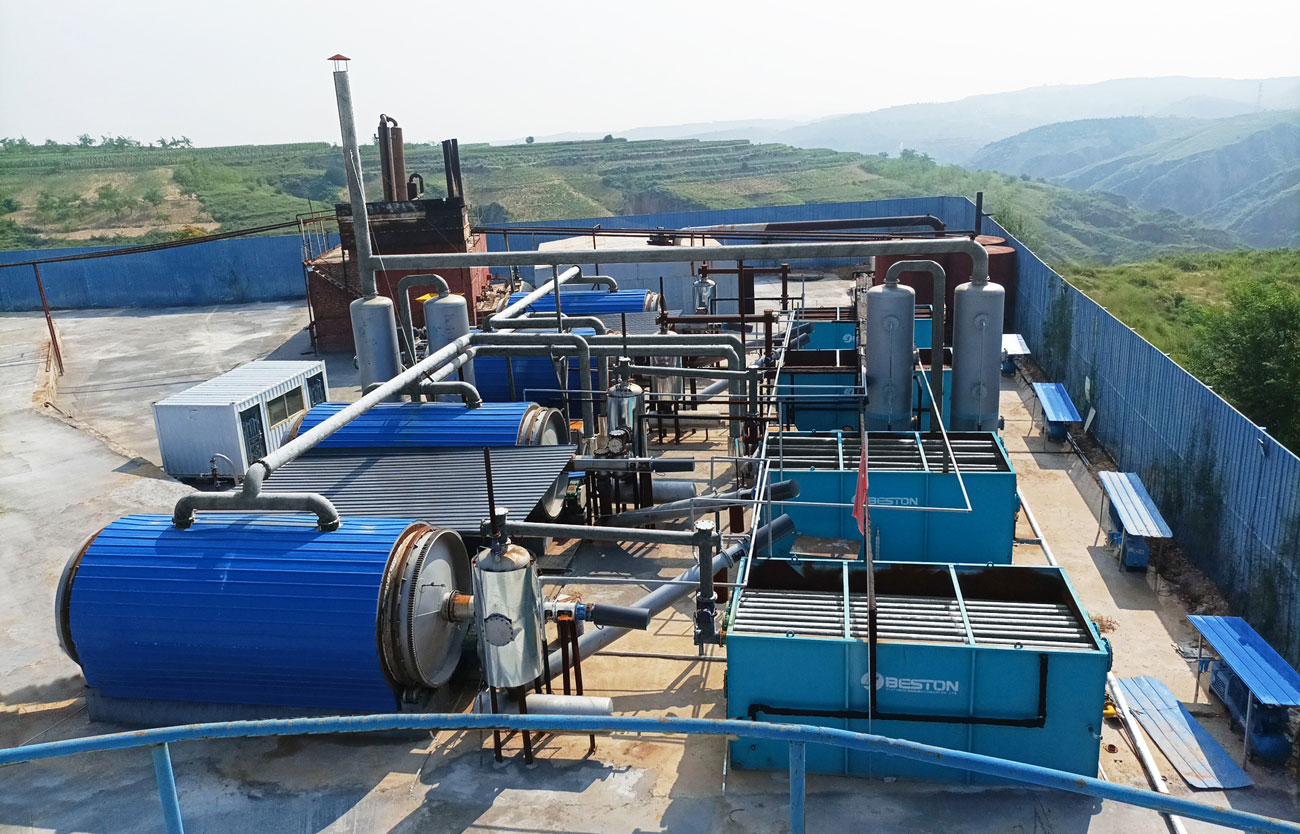The economic sustainability of a pyrolysis plant depends largely on how effectively it manages its energy balance. Energy consumption in plastic pyrolysis is not merely an operational parameter—it determines the overall process economics, the carbon footprint, and the system’s competitive advantage in waste-to-fuel conversion. Optimizing energy usage requires a combination of thermal integration, material recovery, and process control innovations.

Thermal Energy Recovery and Integration
One of the most effective ways to reduce pyrolysis plant cost of energy is through thermal energy recovery. During pyrolysis, plastic feedstock undergoes endothermic decomposition, generating large quantities of hot gases. Instead of venting this heat, modern systems integrate waste heat recovery units (WHRUs) to preheat incoming feedstock or sustain reactor temperature.
Continuous-feed designs further improve this process. Unlike batch systems, which lose energy during reheating cycles, a continuous pyrolysis plant maintains thermal stability. The heat exchanger network transfers surplus heat from condensers and flue gas channels back into the reactor, minimizing external fuel input. This approach not only lowers energy costs but also enhances the system’s exergy efficiency—extracting more useful work from the same energy input.
Fuel Utilization and Syngas Recycling
A pyrolysis machine can achieve near self-sufficiency by reusing its own gaseous byproducts. Syngas generated during decomposition contains a mix of hydrogen, methane, and light hydrocarbons. Instead of flaring these gases, they can be purified and redirected to power burners or generate electricity via microturbines.
Advanced systems now include automated control units that modulate the air-to-fuel ratio for syngas combustion, ensuring stable reactor heating without overconsumption. The result is a closed-loop energy system where process waste becomes a power source. Some facilities report reductions of up to 40% in external fuel dependency using this method.
Reactor Design and Insulation Technologies
Pyrolysis reactor configuration directly influences energy efficiency. Cylindrical rotary kilns, though common, are gradually being replaced by fixed-bed or fluidized-bed reactors for better heat distribution and lower thermal losses. Optimized reactor geometry allows for shorter residence times and more uniform temperature profiles.
Insulation technology is equally critical. High-grade ceramic fiber linings and reflective coatings minimize heat escape while maintaining structural integrity under prolonged high-temperature conditions. Effective insulation can reduce reactor heat loss by 10–15%, translating into measurable savings over continuous operation cycles.
Automation and Process Control
Automation is a decisive factor in achieving real-time energy optimization. Intelligent process control systems monitor reactor temperature, pressure, and gas composition, adjusting parameters to maintain optimal thermal efficiency. Predictive algorithms use data from sensors to anticipate energy fluctuations and preempt inefficiencies.
The integration of digital energy management platforms allows operators to track fuel use, heat recovery efficiency, and power generation in a single dashboard. This level of visibility enables immediate corrective actions, reducing unnecessary energy expenditure and stabilizing production metrics. Contact Beston Group Co., Ltd. for advanced recycling solutions.

Feedstock Preparation and Moisture Control
Energy optimization begins before pyrolysis even starts. Feedstock with high moisture content requires additional energy for evaporation, which dilutes overall efficiency. Pre-drying the plastic waste using recovered heat or solar-assisted systems significantly reduces thermal demand.
Moreover, uniform particle size facilitates consistent heating and prevents localized temperature gradients inside the reactor. Pre-processing technologies—such as shredding and compacting—enable smoother feeding and more predictable reaction kinetics, optimizing both energy input and product yield.
Pathway to Energy-Positive Operations
The ultimate goal of a pyrolysis plant is to evolve from energy-neutral to energy-positive operation. By combining waste heat utilization, syngas recovery, advanced insulation, and digital process management, the facility can generate surplus power for auxiliary systems or grid export.
Energy cost optimization is not a one-time adjustment—it is a continuous process of refinement and integration. As pyrolysis technology advances, the convergence of thermodynamics, automation, and circular resource utilization will define the new benchmark for energy-efficient plastic recycling.